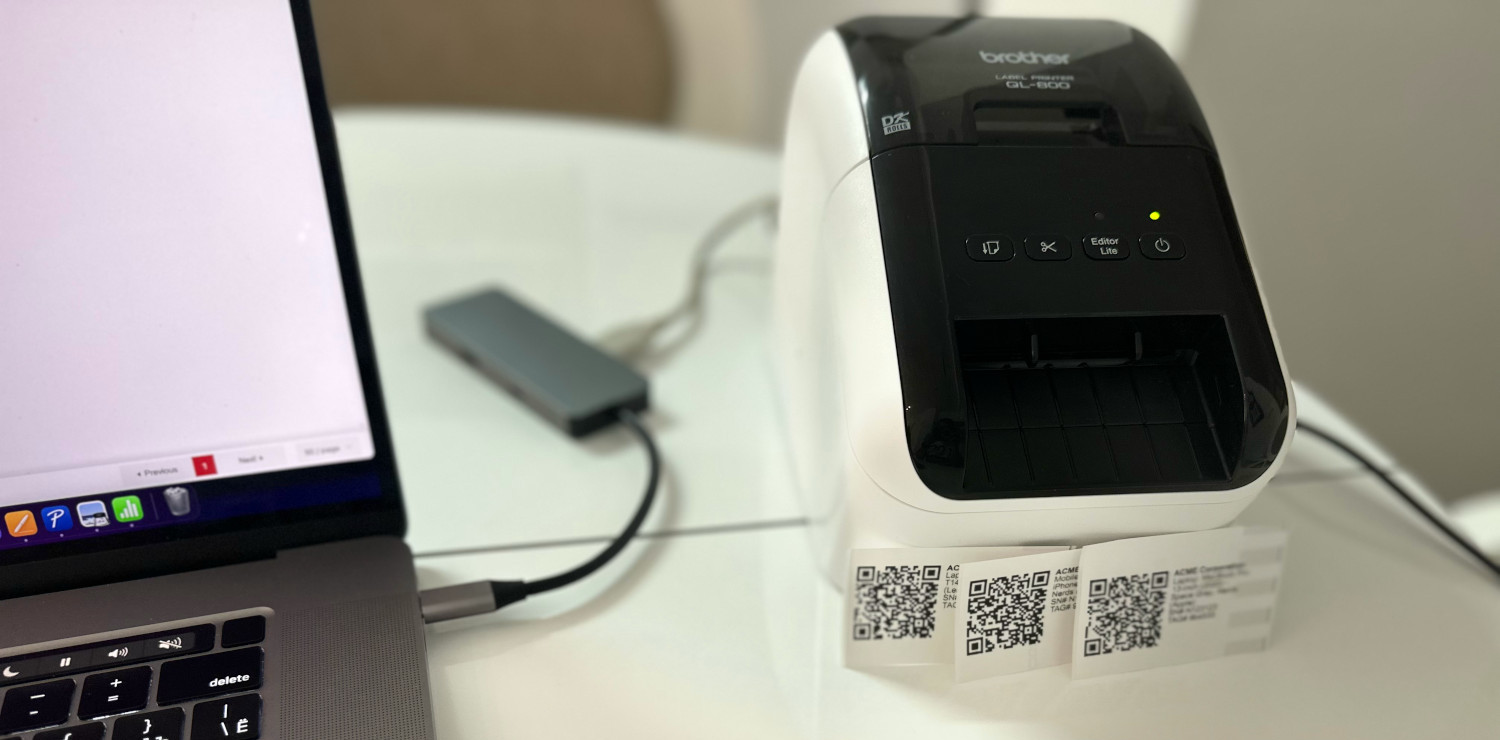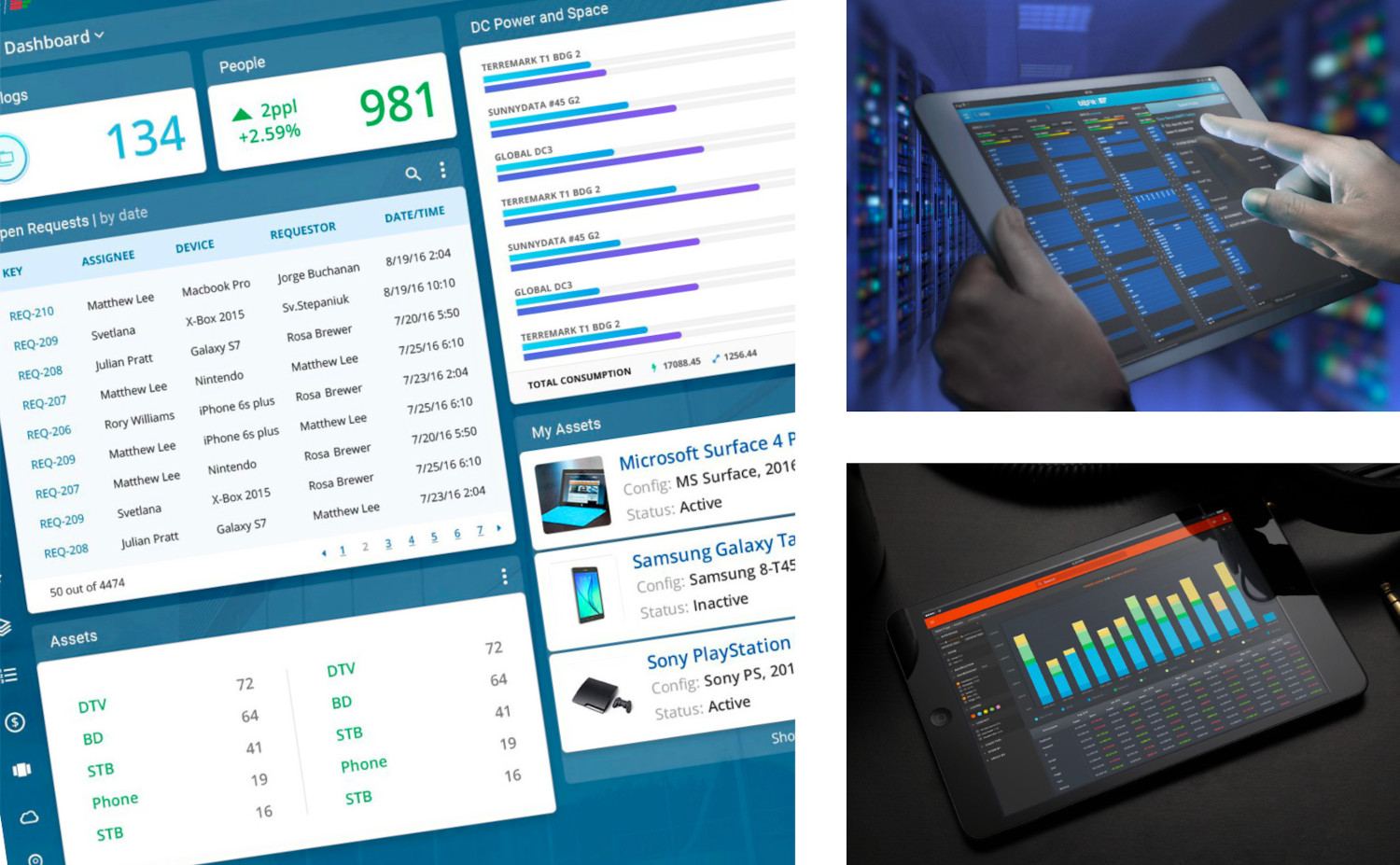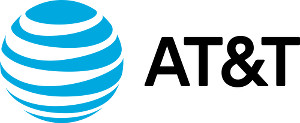
In the modern technological landscape, managing IT assets efficiently is crucial for organizations of all sizes. IT asset tagging, a systematic approach to tracking and managing physical and digital assets, is pivotal in this process. This article delves into the importance, methods, and best practices of IT asset tagging, providing a comprehensive guide for businesses looking to optimize their asset management strategies.
What is IT Asset Tagging?
Definition and Concept
IT asset tagging involves attaching a unique identifier to each asset, allowing easy tracking and management. These identifiers can be in the form of barcodes, RFID tags, QR codes, or NFC tags. The primary goal is to create a seamless inventory management, maintenance, and compliance system.
Types of Assets
- Hardware: This includes computers, servers, networking equipment, and peripheral devices such as printers and scanners.
- Software: Software licenses and subscriptions must also be tracked to ensure compliance and optimize usage.
- Peripheral Devices: Items like keyboards, mice, and external drives are tagged to maintain a complete inventory.
Benefits of IT Asset Tagging
Improved Asset Management
Asset tagging streamlines inventory tracking, making it easier to know what assets are available, where they are located, and their current status. This reduces the time and effort spent on manual tracking and minimizes errors.
Cost Savings
Organizations can save significant amounts of money by reducing asset loss and theft. Additionally, efficient maintenance and timely upgrades prevent costly downtime and extend the life of assets.
Regulatory Compliance
Asset tagging helps organizations meet legal and industry standards, ensuring they are always audit-ready. This is particularly important in industries with stringent regulatory requirements.
Operational Efficiency
Tagged assets are easier to locate and manage, leading to faster troubleshooting and support. This improves overall operational efficiency and allows for better decision-making based on accurate asset data.
Types of IT Asset Tags
Barcode Tags
- Description and Use Cases: Barcodes are simple, cost-effective tags that can be scanned using a barcode reader or smartphone. They are ideal for environments where assets are not frequently moved.
- Pros and Cons: Barcodes are easy to implement and inexpensive, but they can be easily damaged and require line-of-sight scanning.
QR Code Tags
- Description and Use Cases: QR codes are two-dimensional barcodes that can store more information than traditional barcodes. They can be scanned using a smartphone or QR code reader.
- Pros and Cons: QR codes are versatile and can hold a large amount of data, but they require a clear line of sight and can be damaged.
RFID Tags
- Description and Use Cases: RFID (Radio Frequency Identification) tags use electromagnetic fields to identify and track tags attached to objects automatically. They are suitable for environments where assets are moved frequently.
- Pros and Cons: RFID tags offer fast, non-line-of-sight scanning and can track multiple items simultaneously. However, they are more expensive than barcodes and can be affected by metal and liquid interference.
NFC Tags
- Description and Use Cases: NFC (Near Field Communication) tags allow wireless communication between devices at close range. They are often used in environments where quick, close-range scanning is needed.
- Pros and Cons: NFC tags offer fast, secure communication and are easy to use, but they are more expensive and have a shorter read range than RFID tags.
Implementing IT Asset Tagging
Planning and Preparation
- Identifying Assets to be Tagged: Start by creating a comprehensive list of all assets that need to be tagged. This includes hardware, software, and peripheral devices. There may be guidelines determining which assets should be tagged, such as tagging all assets that cost more than $200, for example.
- Choosing the Right Tagging Technology: Select the appropriate tagging technology based on your specific needs, considering factors such as cost, environment, and ease of use.
Tagging Process
- Tagging Hardware Assets: Attach the tags to each hardware asset, ensuring they are placed in visible and accessible locations.
- Tagging Software Assets: Assign unique identifiers to software licenses and subscriptions and integrate them into your asset management system.
- Ensuring Tag Durability and Readability: Use durable tags that can withstand the conditions of your environment and ensure they remain readable over time.
Data Management
- Integrating Asset Tags with Asset Management Software: Use asset management software to store and manage tag data, ensuring it is unique for each asset.
- Maintaining Accurate and Up-to-Date Records: Regularly update your asset records to reflect changes such as new acquisitions, disposals, and relocations.
Best Practices for IT Asset Tagging
Consistent Tagging Standards
- Establishing Uniform Tagging Protocols: Create standardized procedures for tagging assets, including tag placement and data entry guidelines.
- Training Staff on Tagging Procedures: Training staff to ensure they understand and follow the established tagging protocols.
Regular Audits and Updates
- Conducting Periodic Asset Audits: Perform regular audits to verify the accuracy of your asset records and identify any discrepancies.
- Updating Records as Assets Change: Update your records promptly whenever assets are acquired, disposed of, or relocated.
Challenges and Solutions in IT Asset Tagging
Common Challenges
- Tagging High-Value Assets: Ensuring high-value assets are securely tagged and tracked to prevent loss or theft.
- Managing Large Volumes of Assets: Handling the complexity of tagging and tracking many assets efficiently.
Solutions and Tips
- Leveraging Technology for Bulk Tagging: Incorporate tagging systems like bitFit for bulk tagging technologies to streamline the process.
- Utilizing Asset Management Software for Efficient Tracking: Implement robust asset management software to centralize and automate asset tracking and management.
Complete IT Asset Tagging Solution – bitFit

What is bitFit?
bitFit is a specialized asset management system focused on IT asset management. Over the years, bitFit has partnered with prominent companies like Netflix, Hulu, YouTube, Comcast, Twilio, and AT&T in the United States and worldwide.




bitFit’s IT Asset Tagging
bitFit provides an easy-to-use QR labeling solution, even in the free account. Yes, you can start tagging your assets without paying bitFit a dime to see if it works for your team. bitFit includes detailed instructions on which printer to use and how to set it up, with screenshots to cover every step. The detailed article can be found in bitFit’s help center, along with other how-tos on the platform.
IT Asset Tagging in Bulk
The bitFit system lets you print QR labels for individual items or in bulk, encompassing Assets, Consumables, Locations, and more. These QR labels can be printed and applied to manage various elements, including locations, boxes, racks, and shelves, providing a versatile solution for your asset management needs.
IT Asset Tagging – Mobile Support
bitFit offers mobile apps that make scanning QR labels easy and locating assets for further audits. These apps allow you to quickly identify and access asset information, streamlining the auditing process. The mobile apps are user-friendly, ensuring that your team can efficiently manage and track assets on the go, enhancing overall productivity and accuracy in asset management.
Key Takeaways
bitFit stands out as a comprehensive IT asset tagging solution tailored to meet the diverse needs of modern asset management. With its robust QR labeling system, even available in the free version, organizations can efficiently tag and manage assets without any initial investment. The detailed guides and mobile support further enhance the user experience, making it easy for teams to implement and maintain the system. By offering bulk printing options and mobile apps for easy asset audits, bitFit ensures that asset management is streamlined, accurate, and accessible. Trusted by industry leaders like Netflix, Hulu, and AT&T, bitFit demonstrates its reliability and effectiveness in managing IT assets across various environments.

